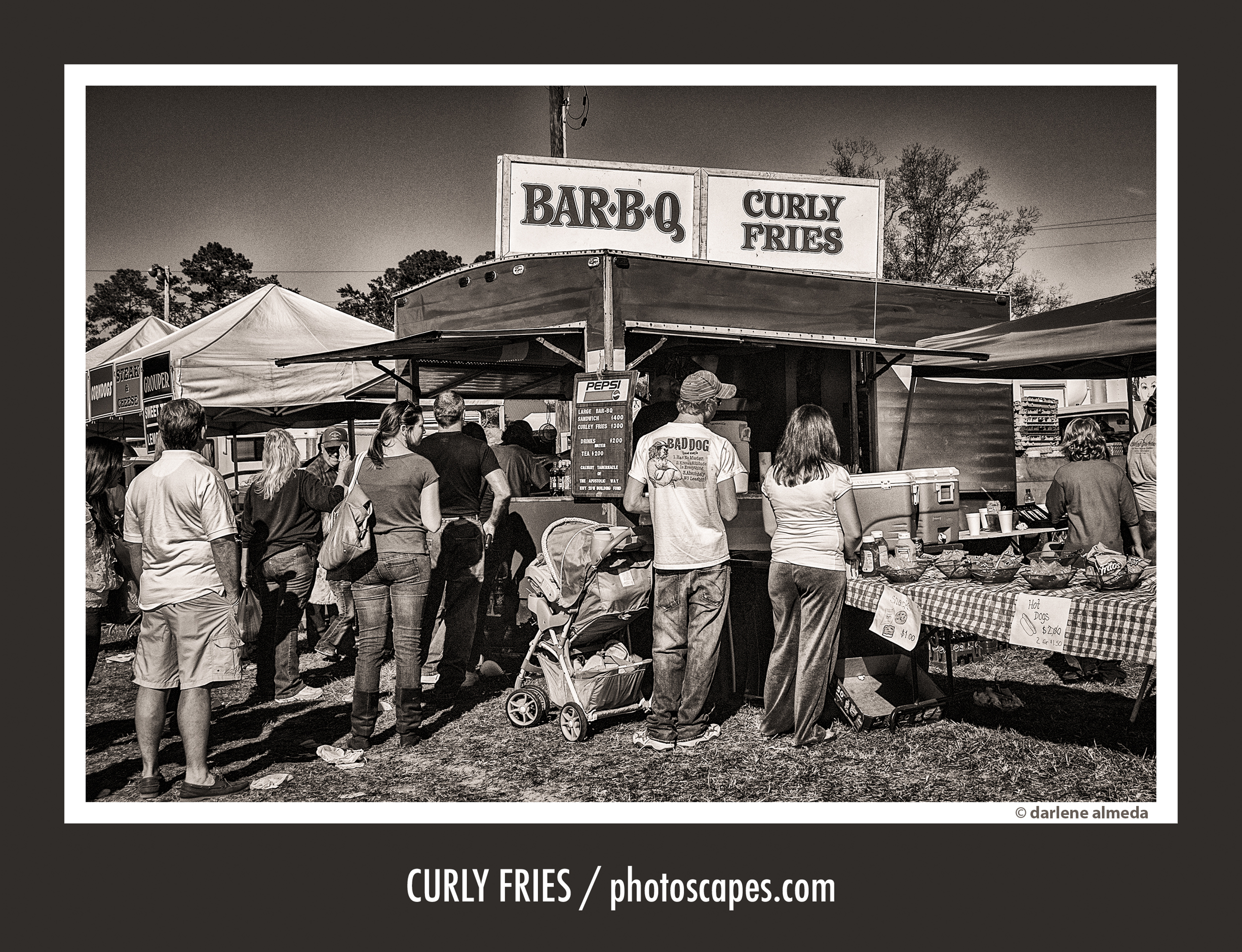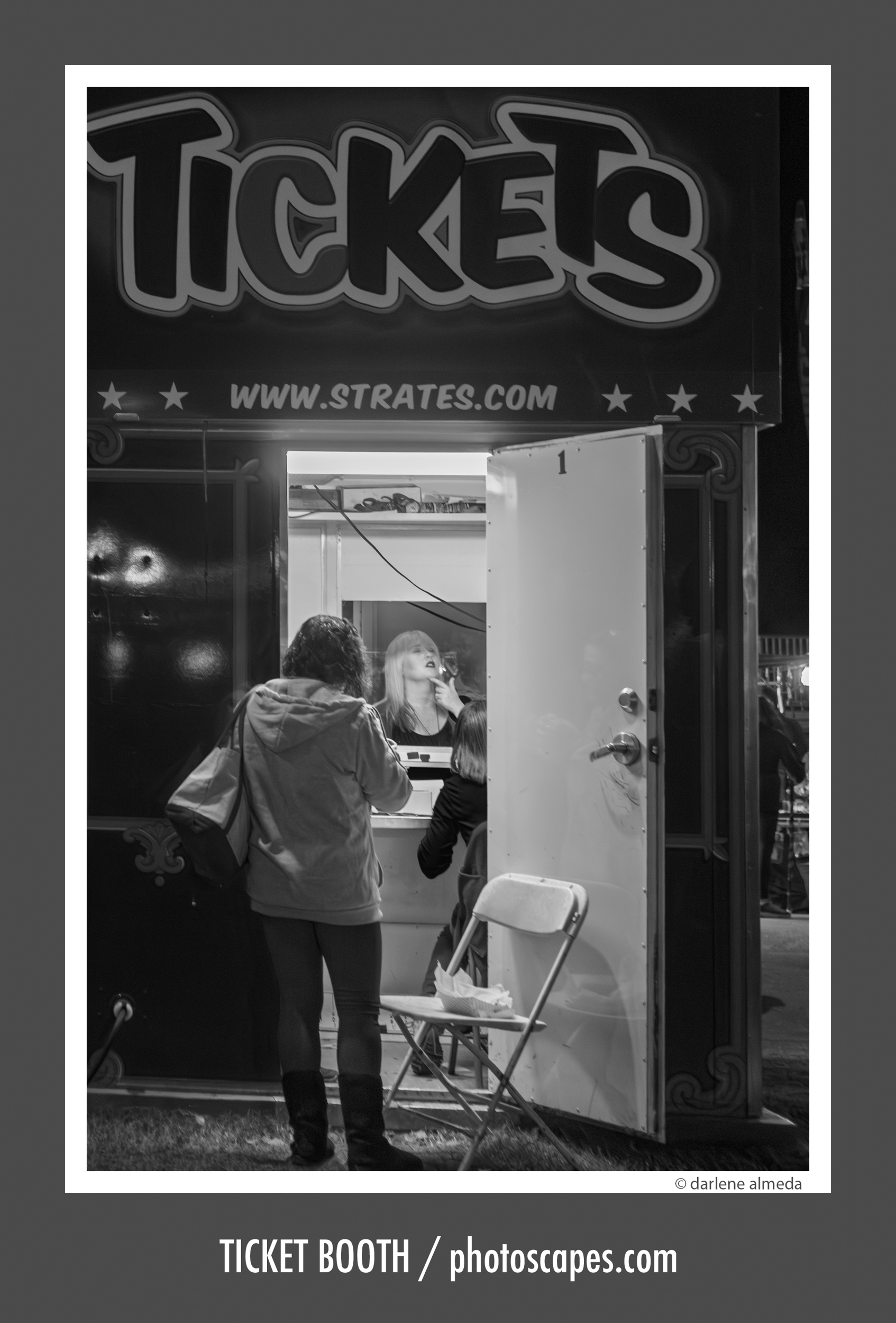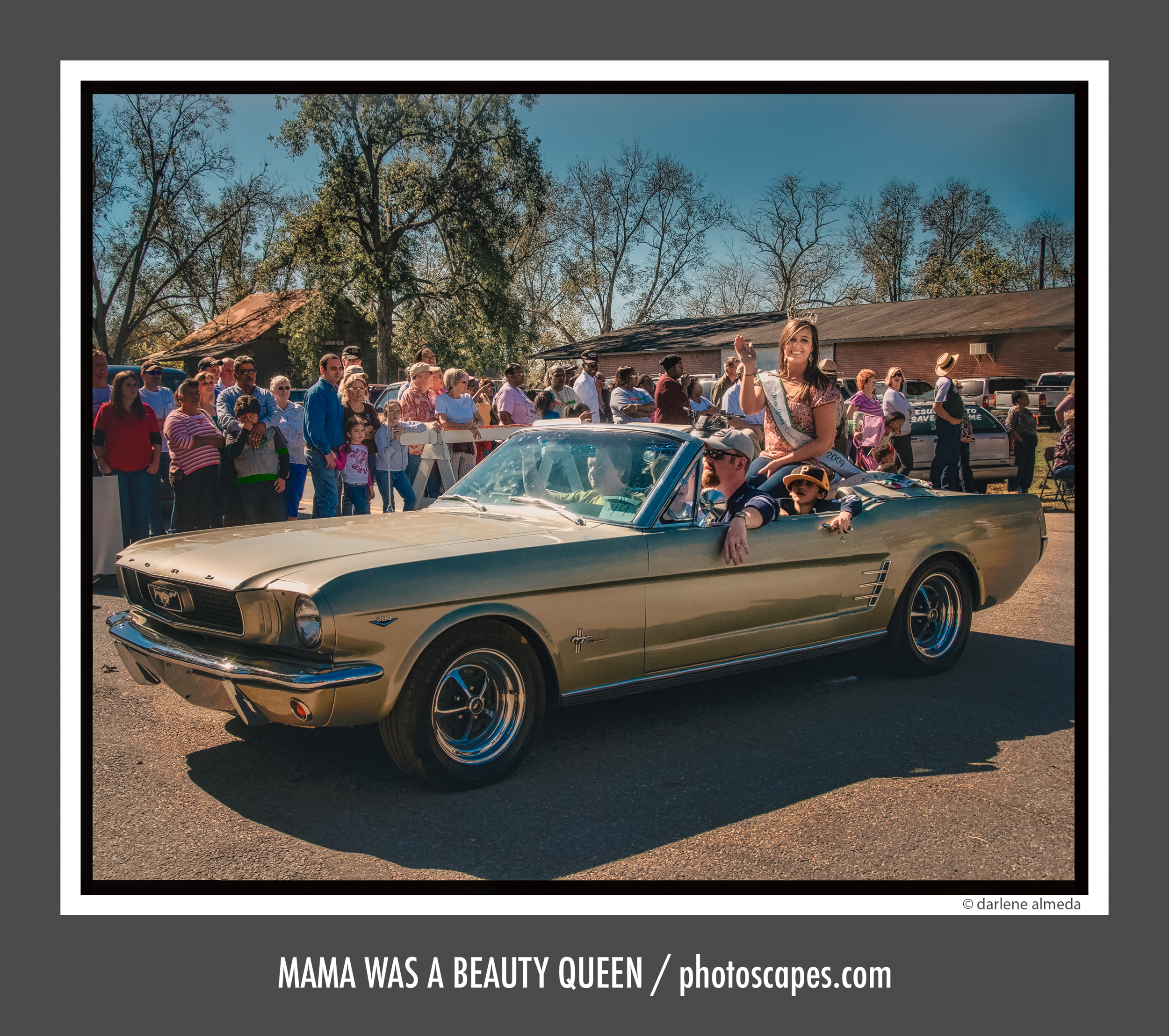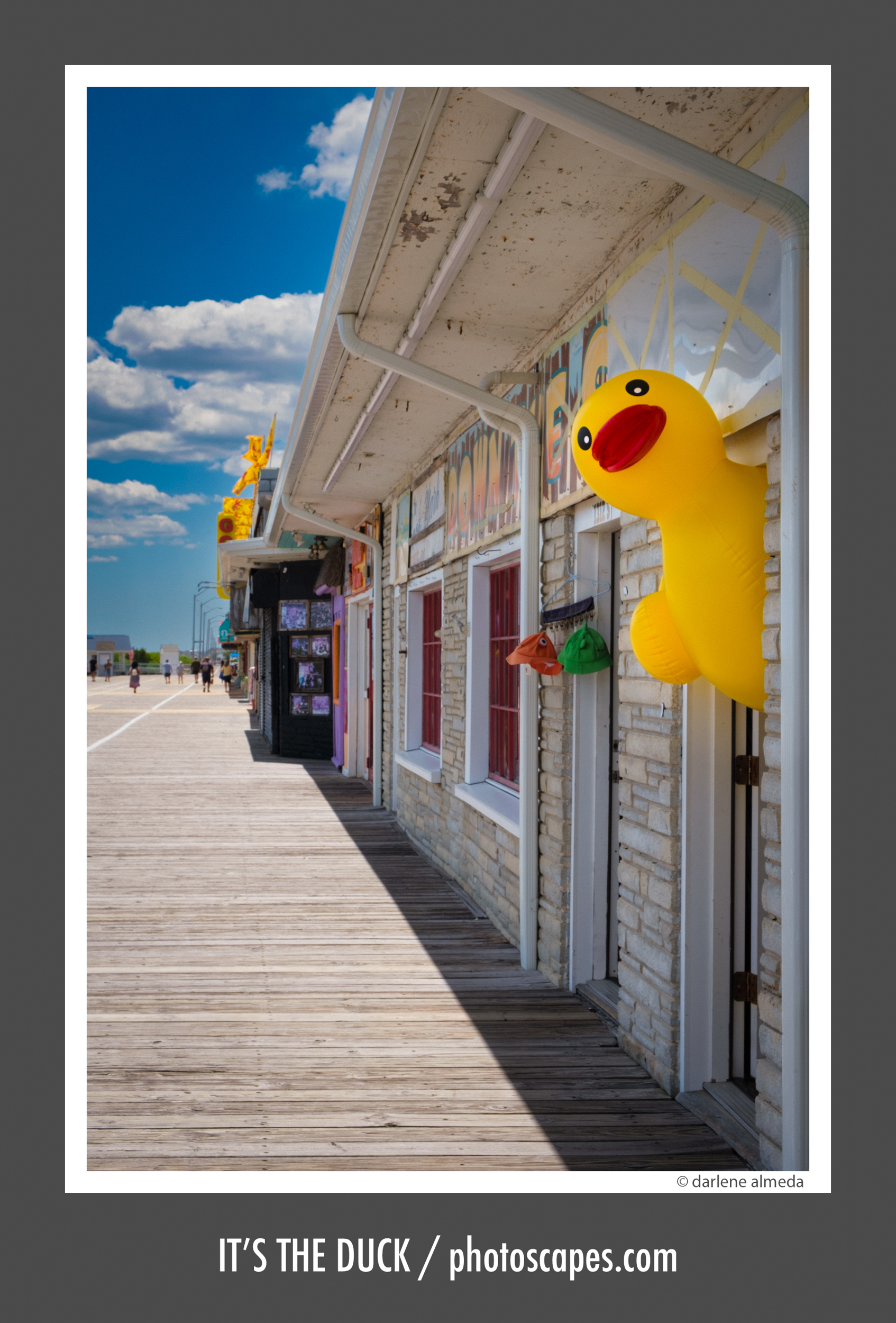Nikon D200 | Calvary, Georgia
Documentary photography tells real stories with visual honesty. It preserves moments, places, and people as they are—without staging or embellishment. The intent is to observe, not to alter, and to reveal something authentic about culture, time, or experience. In documentary work, the camera becomes a witness, not a director.
Environmental photography, while closely related, places greater emphasis on context. It captures how human presence, design, and nature coexist within a scene. An environmental image might reveal the personality of a town through its textures and signage, or the story of a person through the space they inhabit.
Both genres overlap beautifully. Documentary photography gives us truth, while environmental photography adds place. Together, they communicate atmosphere, culture, and connection—an intersection where storytelling meets design.
In the photographs “Ticket Booth,” “Mama Was a Beauty Queen,” and “It’s the Duck,” each scene reveals a moment of cultural personality and place. In Ticket Booth, the quiet exchange between two people under the glow of carnival lights captures the small dramas of everyday life. Mama Was a Beauty Queen bursts with energy and nostalgia—a parade frozen in sunlight, filled with pride, humor, and community spirit. It’s the Duck turns playful, transforming a boardwalk storefront into a portrait of Americana through light, repetition, and whimsy.
Together, these images illustrate how documentary and environmental photography overlap: each preserves a slice of real life while celebrating the details that make a place unique. Whether the story unfolds in shadow or in laughter, these photographs remind us that the world offers its own theater—no staging required. In the end, they serve as a kind of visual anthropology, revealing that every street, building, and painted wall carries its own story—waiting for someone to notice.
words & images © darlene c. almeda / photoscapes.com



